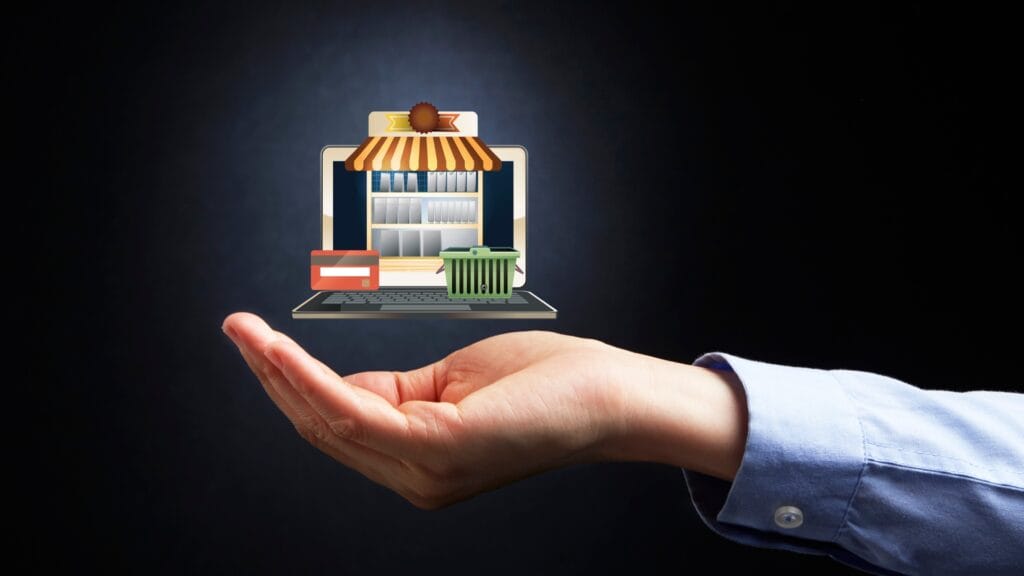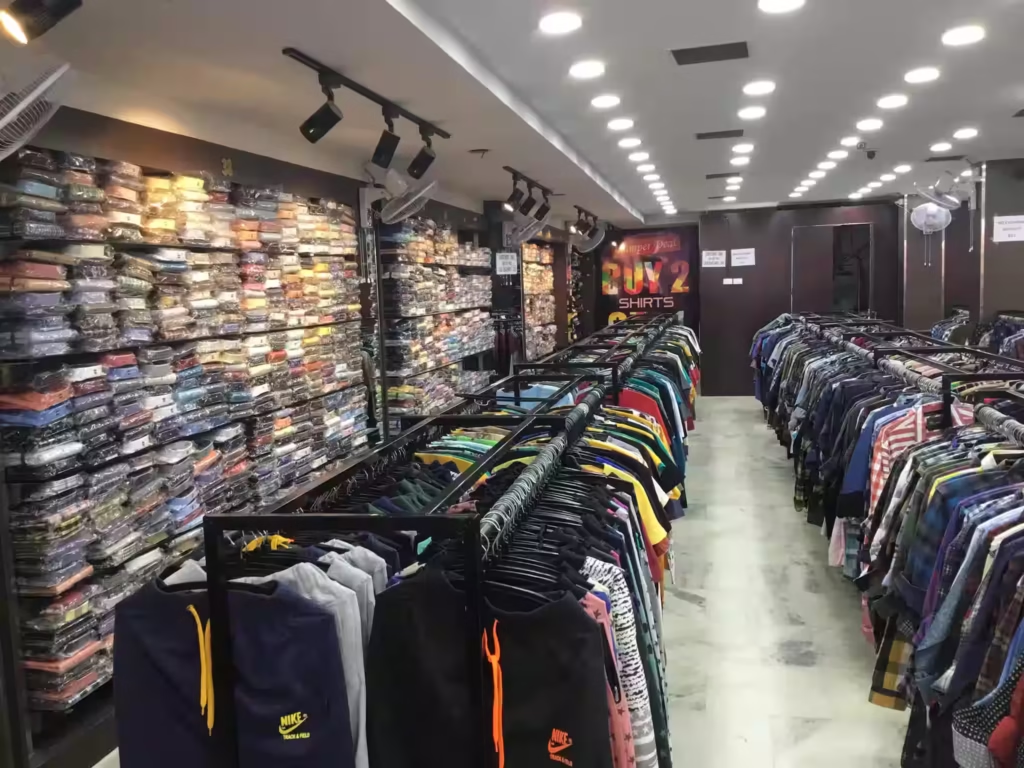How E-Commerce is Revolutionizing the FMCG Industry: Growth, Challenges, and Strategies
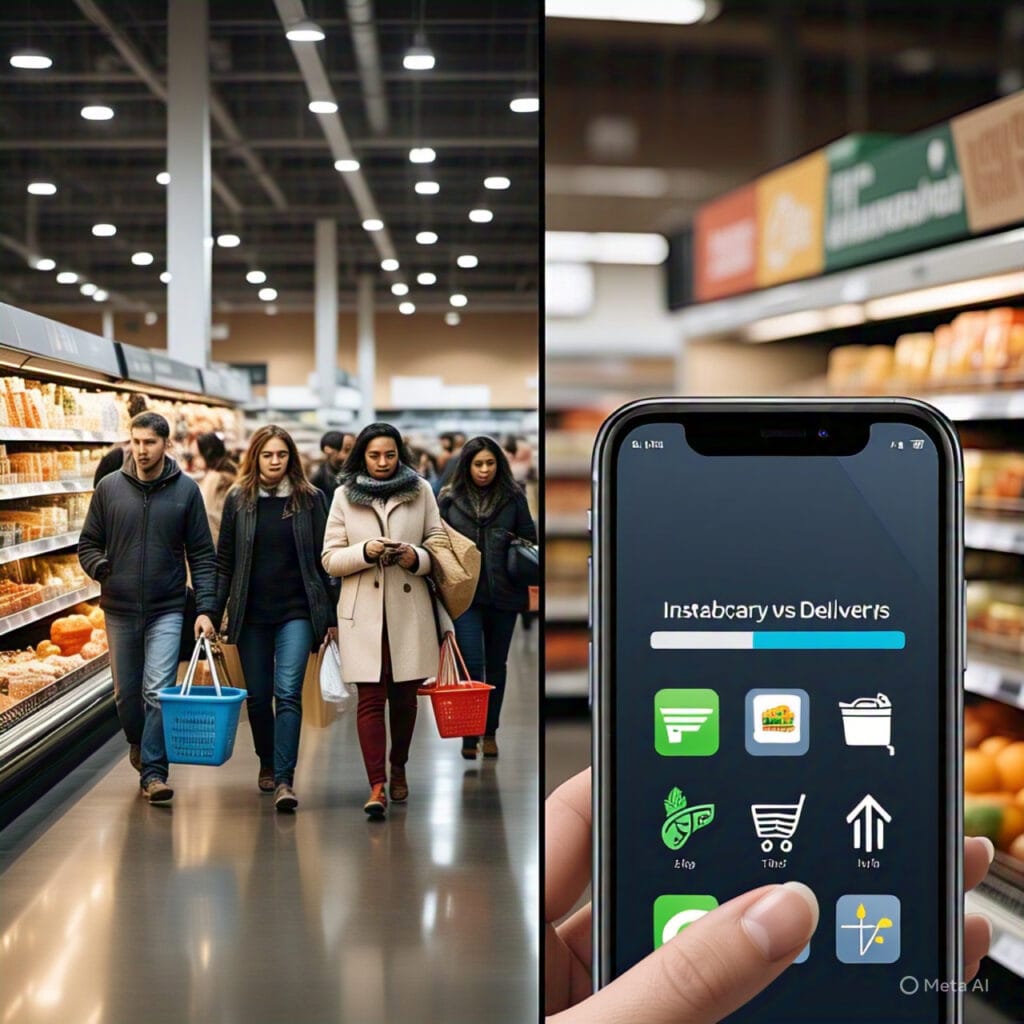
The Digital Tide Sweeping FMCG
Imagine this: You’re out of toothpaste at 10 PM. Instead of rushing to a store, you grab your phone, tap an app, and get it delivered in 20 minutes. This is the reality of today’s FMCG (Fast-Moving Consumer Goods) industry, where e-commerce isn’t just a trend—it’s a seismic shift reshaping how we shop.
Globally, the FMCG e-commerce market is exploding, projected to grow from $11.4 billion in 2024 to $45.4 billion by 2032—a jaw-dropping 18.9% annual growth rate. Compare this to traditional retail’s modest 3.8–5.4% growth, and it’s clear: the future of FMCG is digital. Nowhere is this more evident than in India, where quick commerce (delivery in under 30 minutes) dominates two-thirds of all e-grocery orders, fueling a $6–7 billion market growing at 40% annually. Let’s unpack how e-commerce is rewriting the rules—and what FMCG brands must do to thrive.
Why E-Commerce is Outpacing Traditional Retail
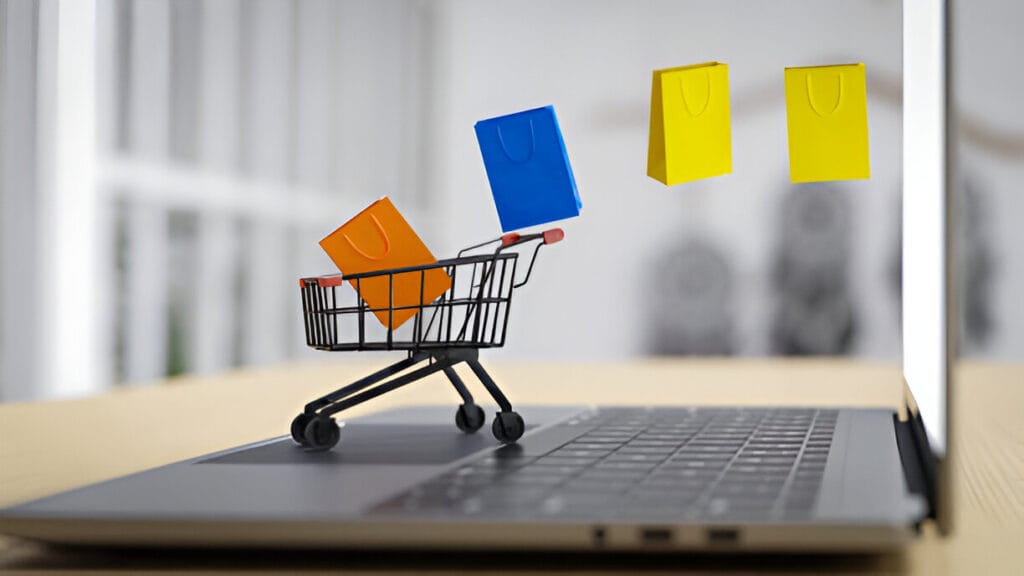
1. Speed, Convenience, and the “I Want It Now” Mindset
Consumers today prioritize convenience over brand loyalty. Quick commerce platforms like Blinkit and Amazon Tez are thriving because they answer a simple question: “Why wait?” In the U.S., *30% of online grocery shoppers* demand delivery within two hours. In India, quick commerce has grown 5x since 2022, proving that speed isn’t a luxury—it’s the new baseline.
2. Data-Driven Personalization: The Secret Sauce
E-commerce platforms collect mountains of data—browsing habits, purchase history, even the time of day you shop. Savvy FMCG brands use this to tailor recommendations, optimize pricing, and launch hyper-targeted campaigns. For instance, a shampoo brand might offer a discount to customers who bought conditioner last month. In Asia, where digital natives will drive 40–50% of consumption by 2030, personalization isn’t optional—it’s survival.
3. New Channels, New Opportunities
Gone are the days of relying solely on Amazon or Walmart. Social commerce (think Instagram shoppable posts), live-streamed sales, and direct-to-consumer (D2C) websites are opening fresh avenues. Imagine a skincare brand hosting a TikTok Live demo, selling products in real-time—this is the future of FMCG.
The Indian FMCG Boom
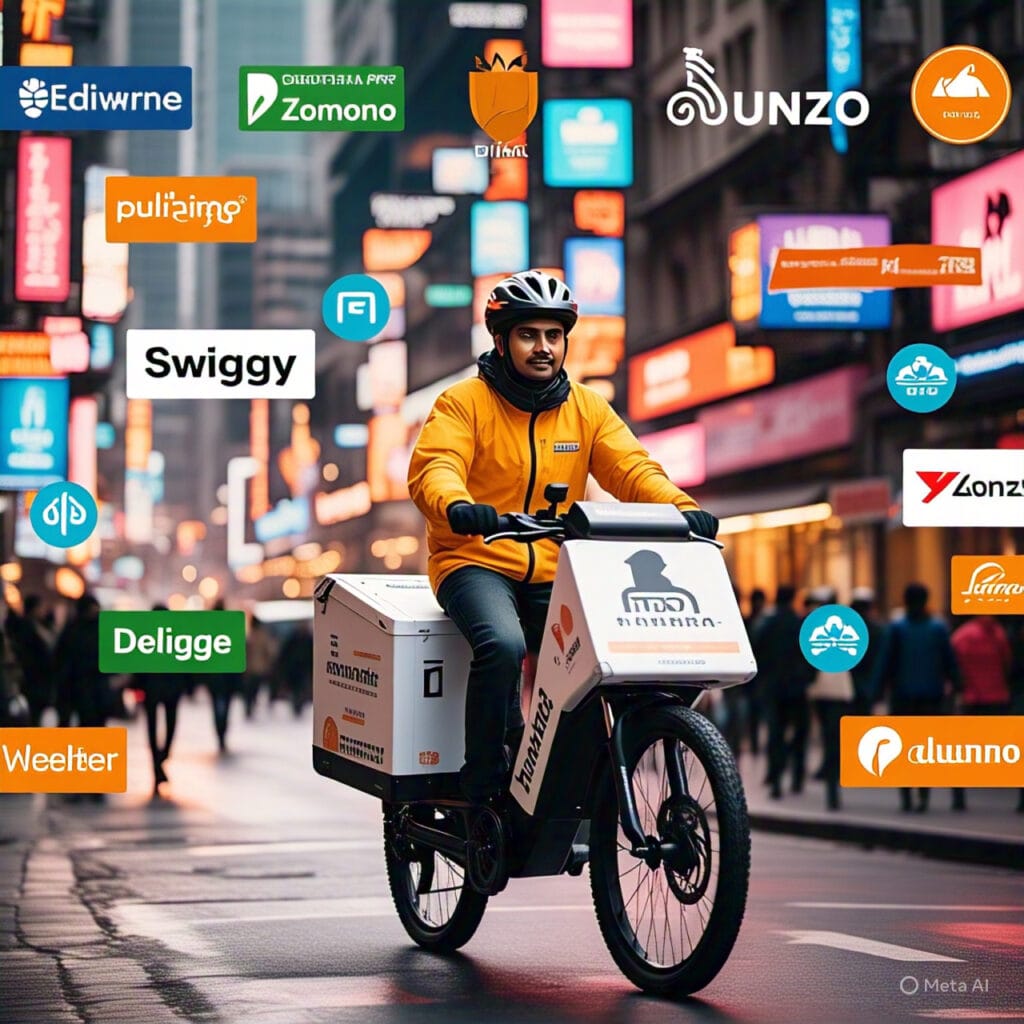
A Case Study in Speed
India’s FMCG sector is a microcosm of e-commerce’s potential. Urban markets grew 6.8% in 2023, while rural areas saw 5.8% growth, narrowing the urban-rural divide. But the real star is quick commerce:
– Accounts for 66% of e-grocery orders
– Expected to grow 40% annually until 2030
– Major players: Blinkit, Flipkart Minutes, Zepto
Yet challenges persist. Profitability outside metros is shaky, and supply chains are strained by the demand for lightning-fast delivery.
Hurdles on the Road to Digital Dominance

1. Logistics Nightmares
Rapid delivery expectations are pushing logistics costs up. Transportation alone eats 35% of the $112.1 billion FMCG logistics market. Brands must balance speed with sustainability—think electric delivery fleets or AI-powered route optimization.
2. Margin Erosion
Online promotions and discounts are costly. European FMCG giants spend over 1% of gross sales on digital promotions—double traditional channels. The fix? Premiumization. Think organic snacks or luxury skincare, where customers pay more for convenience.
3. Channel Conflict
How do you avoid angering offline retailers while building your D2C site? Transparency is key. Nestlé, for example, uses exclusive online bundles to differentiate from in-store offerings.
4 Strategies for FMCG Brands to Win Online
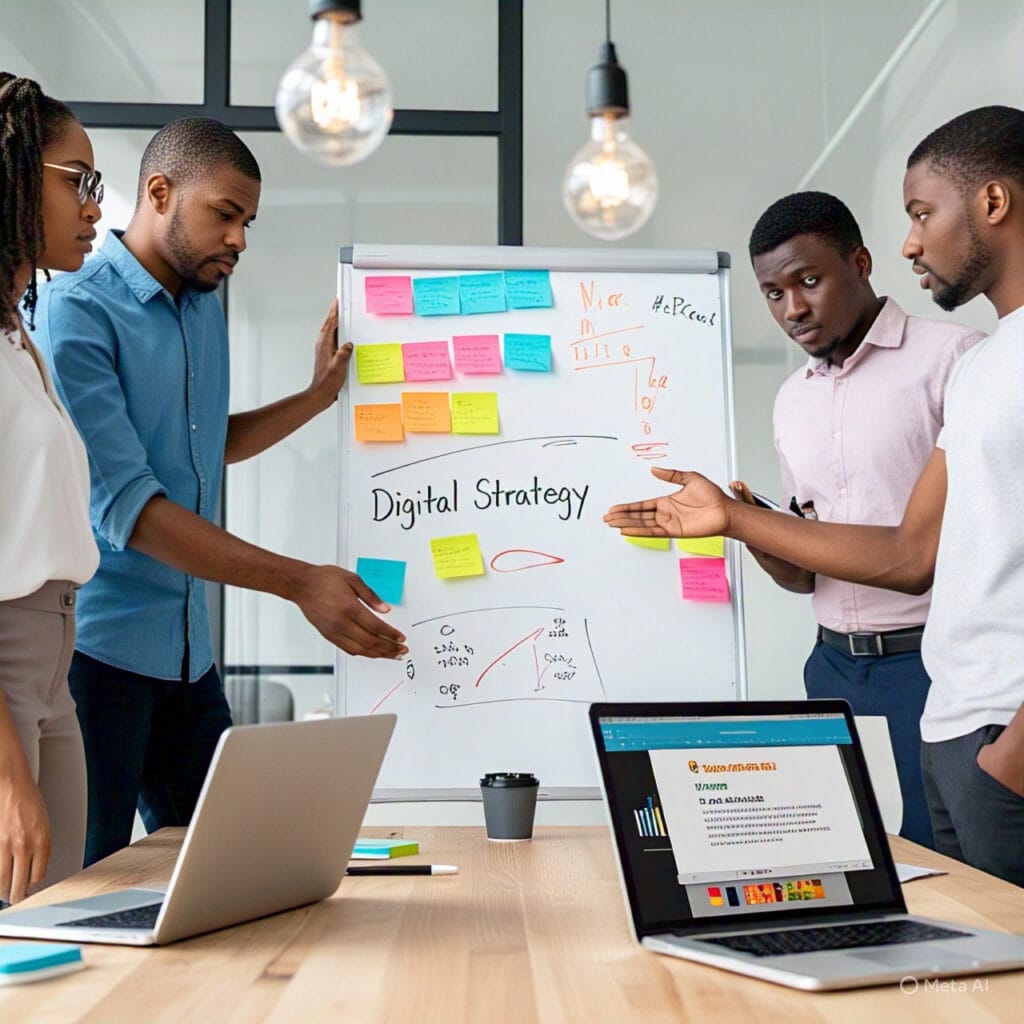
1. Agility Over Bureaucracy
Adopt a “stable backbone, agile pods” model. Example: Unilever’s dedicated e-commerce teams experiment with TikTok campaigns while core operations stay steady.
2. Invest in Tech
Use AI for demand forecasting and blockchain for supply-chain transparency.
3. Partner, Don’t Compete
Collaborate with marketplaces on data sharing. P&G and Amazon’s joint inventory system reduced out-of-stocks by 15%.
4. Think Premium and Niche
Digital shoppers splurge on health, wellness, and eco-friendly products. Launch smaller, premium SKUs tailored for online audiences.
Suggested Image: A team brainstorming in a modern office with a “Digital Strategy” whiteboard.
The Future: Faster, Smarter, Greener
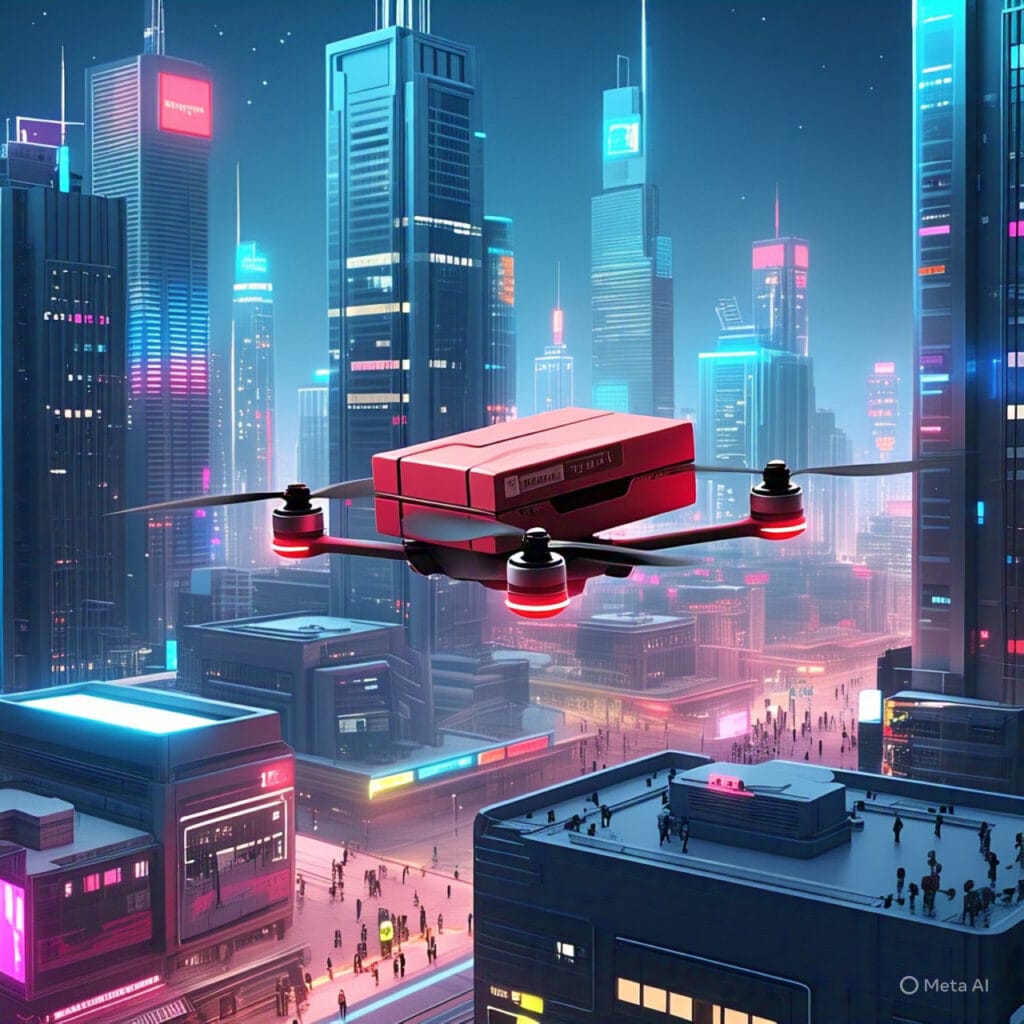
By 2030, 20–25% of all FMCG sales will happen online. Augmented reality (AR) trials, drone deliveries, and AI chatbots will redefine convenience. But the winners will be those who pair innovation with sustainability—think recyclable packaging or carbon-neutral logistics.

